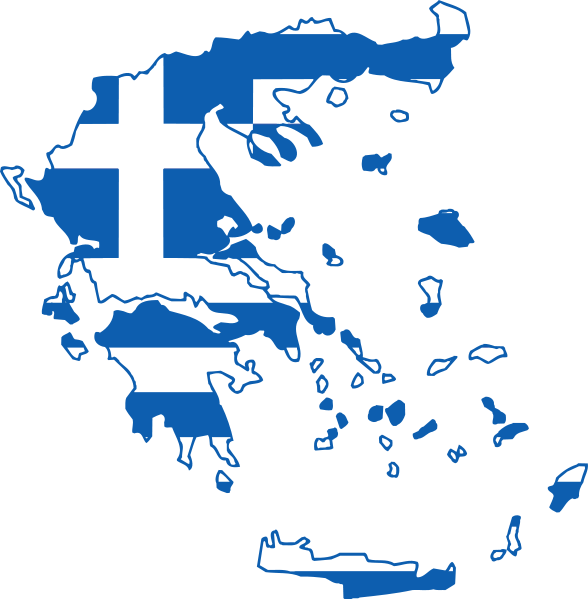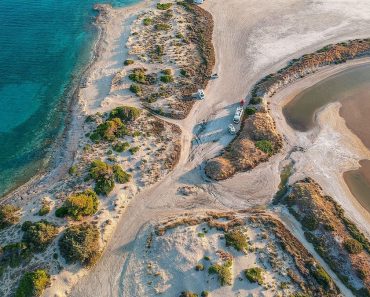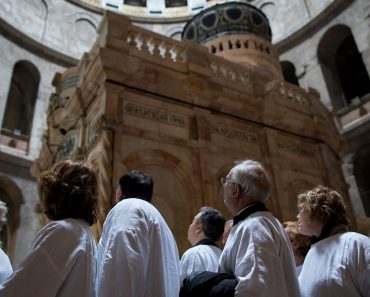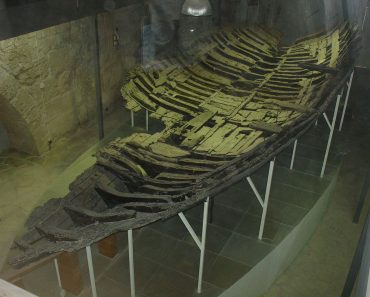One of the most remarkable rulers of Lahore, as also most of the sub-continent, was the Mauryan ruler Ashoka. His visits to Lahore and the surrounding areas though briefly recorded, yet the fact remains that he was responsible for the spread of Buddhism in the city and his entire kingdom.
A people who forget their real history seldom survive. Our school history textbooks are proof that we are a lost people. How dare we mention that Sir Syed and Iqbal were opposed to female education. But the role of priests in misguiding our ‘leaders’ and ‘intellectuals’ over thousands of years in every faith system is what needs to be researched.
In this column let us explain the Mauryan rulers role in the context of our city and its surrounding area. In 326 BC, that is 2,351 years before the year 2025, our entire area had been overrun by the Macedonian invader Alexander. In local parlance he is known as Sikander, a name commonly used. After suffering an arrow wound in Multan while withdrawing back to Greece, he died in 323 BC. Before his death he appointed a military commander Philippos, who died a mysterious death in 324 BC. One account by B.B. Mazumdar (UoC 1919), as also by Henry Beveridge (1867), both claim he was poisoned in a city on the Ravi. One cannot for sure say it was at Lahore.
But an uprising against foreign rule was spreading, most believe instigated by a Brahmana intellectual Chanakya, backed by another bureaucrat Kautilya. They supported a local young Greek Army commander called Chandragupta, who belonged to the village of Maur, a few miles north of current Islamabad, and hence was called Chandragupta Maurya. A number of reasons exist for the name Maurya, including one that claims that his grandmother was called Moor – a peacock. But the village of Maur is very much still there.
Chandragupta came to power, according to a Jain source, in 321 BC, ending in 297 BC. His reign is known for its wisdom and effectiveness. He came to power after gathering all the local rulers, who supplied him with soldiers. The Greeks were already in disarray, especially after all the local rulers collectively forced Alexander to withdraw at Magadha. Greek historians have claimed that Porus of Bhera was defeated. Now research claims it was a stalemate. Some even claim Alexander was defeated and only Rajput honour spared him.
As the firm rule of Chandragupta spread by the time his grandson Ashoka came to power in 268 BC which lasted for 36 years, he had firmly dealt with any local uprisings. There was a major revolt in Taxila by the Kalingas. In the same manner the lands of the Kambojas and the Ghandaras were firmly dealt with. His army was known for its swift movements and aggressive attacks on horses, crushing local sword men on foot.
A lot of the information about Ashoka has been learnt from inscriptions at Taxila, Afghanistan and other parts of India. For it tells us about his empire stretching from the edges of non-Tamil south to the north and on to the Punjab and Afghanistan. He has been described as tall, handsome and very fair, which remarkably is what the people of the hilly areas around Maur resemble still.
The administrative organisation of Ashoka was very pyramidic in structure. Every district had a judge, and a survey officer called ‘Rajuka’. They ordered the ‘Pradesikas’ who were police and revenue clerks. It was compulsory for them to give all client a lecture in morality – dharma.
Ashoka and his love of Buddhism spread all over his empire, and from the accounts of Majumdar and Dutta (Macmillan 1963 pp107) it is clear that Ashoka roamed his empire at night visiting people. His visits to Lahore have been described as ‘a set of mud-walled mounds on the Irawati curve. This seems an uncanny resemblance to the Lahore we know about.
Another account tells us that he followed the trek taken by Buddha as given in Tripitaka, in its second book ‘Sutta’. It seems he must have walked to where today stands Mohallah Maullian, where allegedly Buddha stayed for a few weeks. What we know for certain that the entire population was Buddhist and known as a calm and kind people.
In earlier columns we have described Lahore as being for approximately 1,000 years a Buddhist city. We have no need to compare the Buddhist Lahore to other religious periods, for each has its pros and cons. But what we do know is that after considerable military conquests we see Ashoka as “turning his entire energy to organising society, whom he called his children, towards spiritual and moral uplift”.
His gentleness and clemency meant that he tolerated other belief systems, and it were the priests of other belief system that constantly conspired against this amazing belief which believes that the Almighty lived within us all. The entire nine Mauryan rulers, ending in 185 BC lived by the principles of Ashoka. It took the barbaric Alchon Huns in 370 AD to eliminate all Buddhist from Lahore, and that at the instigation of Hindu Brahmin priests.
It is sad that our children have no mention of the early rulers of our lands in their school history books. As a schoolboy we did have books that taught these time periods, but it seems that history has become a subject our priest-driven rulers avoid.
Though there is not a single mention of Ashoka or his successors ever speaking against any of the other religions. The historian Majumdar writing in his ‘Advance History of India’ (pp113) clearly states that the decline of the Buddhist Maurya rulers is “clearly attributed by some scholars to a reaction prompted by the Brahmanas whose privileged position is said to have been affected by the policy of Ashoka”.
Majumdar goes on to state that “there is nothing on any record of Ashoka himself to suggest that he was an enemy of Brahmanas”. Without wanting to sound communal, it would be interesting to refer to the Quran’s ‘Surah Al-Ma’idah’ (82) which tells us of priests and monks being arrogant. For this reason, there is no priesthood in Islam. “May the most educated lead the prayers” is the Hadith. There is an example where the Holy Prophet (PBUH) allowed a woman to lead a prayer.
My interest in the Buddhist period in the history of Lahore needs considerable research and scholarship. Come the murderous Huns, followed by the equally murderous Turko-Afghan invaders, our lands and our amazing city have suffered at the hands of foreigners. Maybe, maybe it is time that we looked inwards to judge our rulers – with or without arms!!!
Published in Dawn, April 6th, 2025







